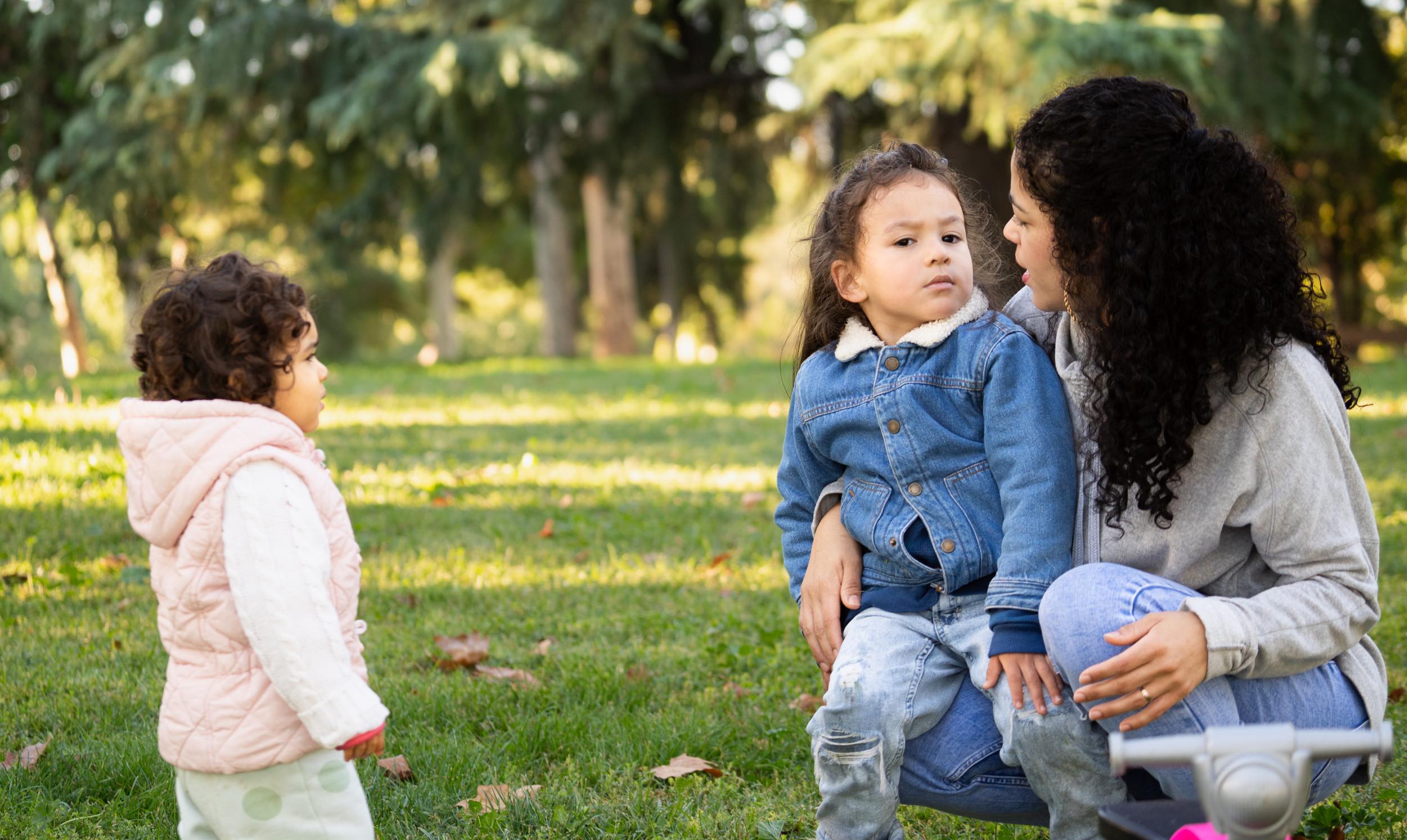Handling a Child Being Hit: A Parent’s Guide
When your child is hit by another, it can feel like time slows down. Do you go to your child first? Say something to the other kid? Look for the parent? These are the kinds of moments that can be awkward and hard to navigate. Certified parenting coach Anuradha Gupta has experienced these situations firsthand and offers a clear approach to help parents handle such incidents effectively.
Gupta, who shares her insights on social media, provided a four-step response in a recent post. Her first rule is simple: go to your child. This helps ensure that your child feels supported and safe right away.
In one instance, Gupta’s daughter was hit by another toddler at the park while the other child’s parent wasn’t looking. “I felt an adrenaline rush, but I knew I had to stay grounded,” she said. “I stepped in right away, gently moved my daughter away, and focused on her first.” She got down to her daughter’s eye level and said, “That wasn’t OK. I saw that. I’m right here.” Her goal was to make her daughter feel safe and secure.
The second step involves holding the boundary—even if the other child isn’t yours. Gupta turned to the other child and said, “We don’t hit. Hitting hurts. If you want to play with her, you can say something, like, can I play?” She emphasized that the goal was not to scold the child, but to offer guidance. Had the parent seen the incident, they might have stepped in themselves.
Many parents feel uncomfortable speaking up, but Gupta suggests using inclusive, non-blaming language. For example, “Looks like both of you wanted that toy—let’s take turns.” Or, “Come here, love. I saw that. I’m right here.” These phrases help redirect attention to your own child while maintaining a positive tone.
Step three is about giving your child the words to express their feelings. Gupta noted that most toddlers don’t know what to say when something like this happens. She also mentioned that it’s helpful to gently inform the other parent, if appropriate. “Just letting you know, he hit her a moment ago. She’s OK, but I stepped in so she felt supported.” Most parents appreciate this kind of communication, especially when delivered with compassion rather than criticism.
The fourth step is to role-play with your child when they are calm and in a safe environment. Gupta believes these everyday situations are actually big teaching opportunities. After her daughter was hit, she comforted her first but also wanted to give her tools for future encounters. She practiced scenarios like, “You can say stop” or “No.” You can hold your hand out. You can walk away and tell a grown-up.”
These steps aren’t just about stopping one hit; they are lifelong lessons. Learning how to speak up, hold a boundary, and stay calm are skills that will support your child not just in toddlerhood, but in friendships, school, adult relationships, and beyond.
By following these steps, parents can create a supportive environment for their children and teach them valuable life skills. It’s about being present, guiding with empathy, and fostering resilience in the face of challenges.







